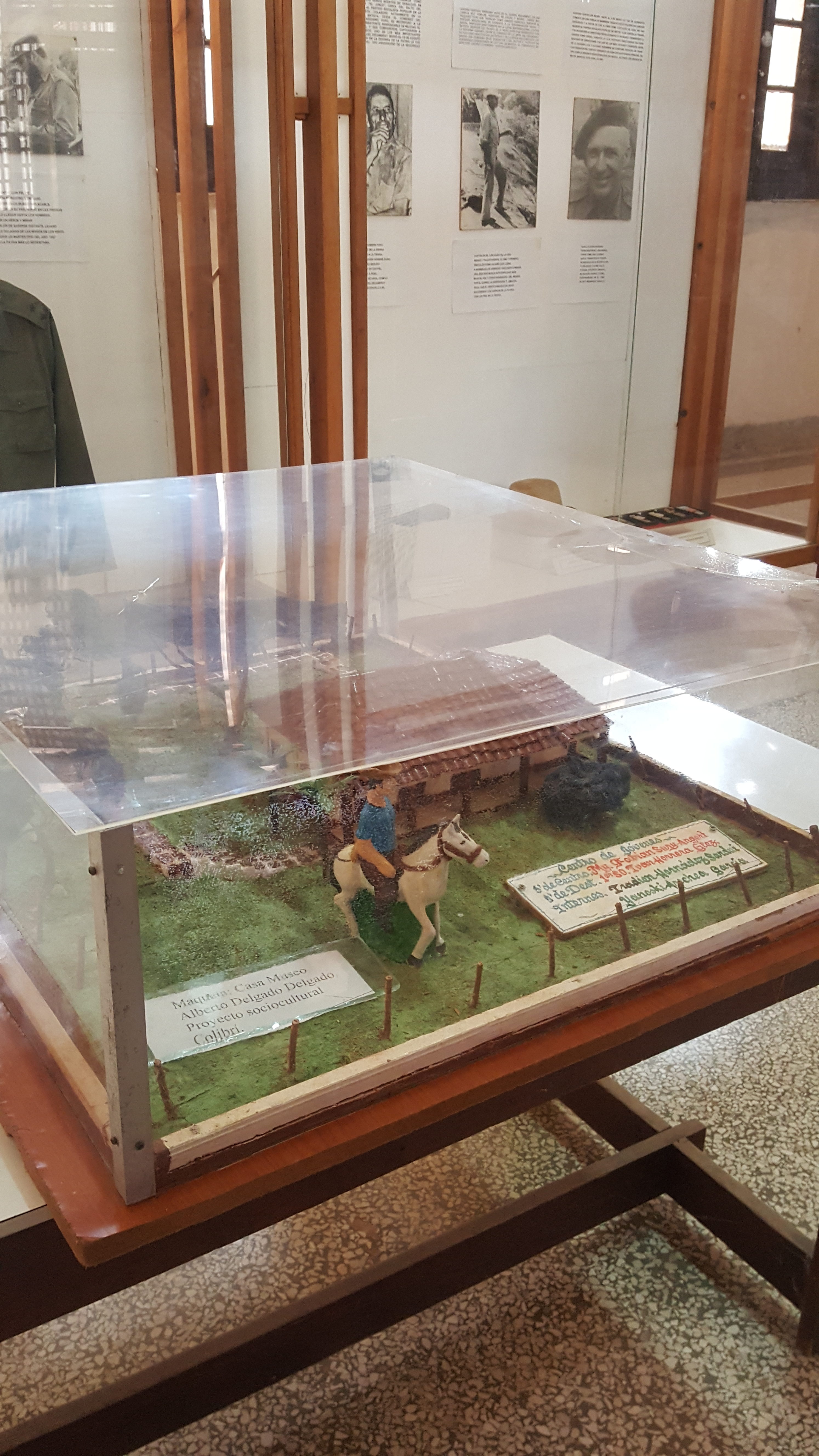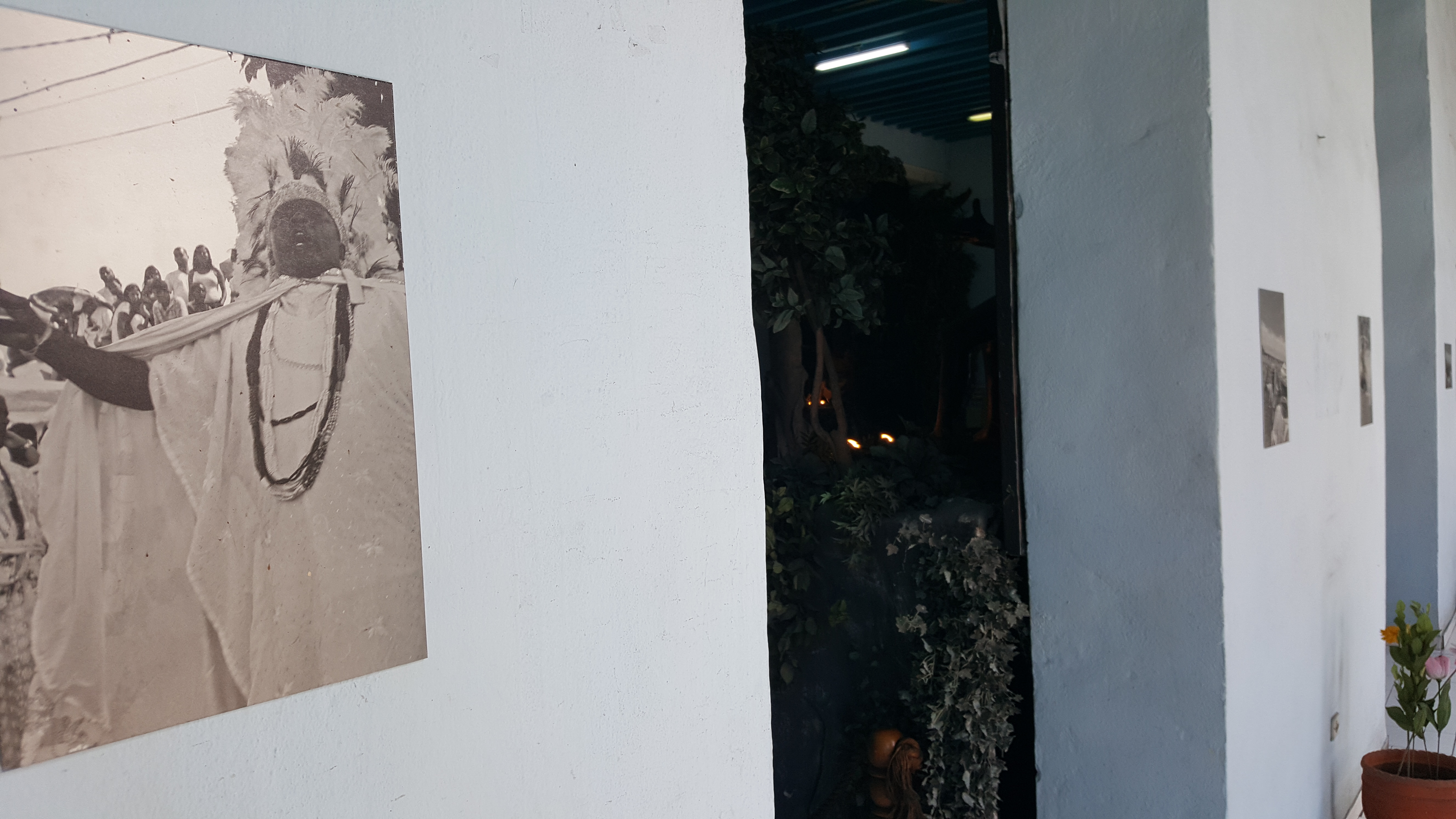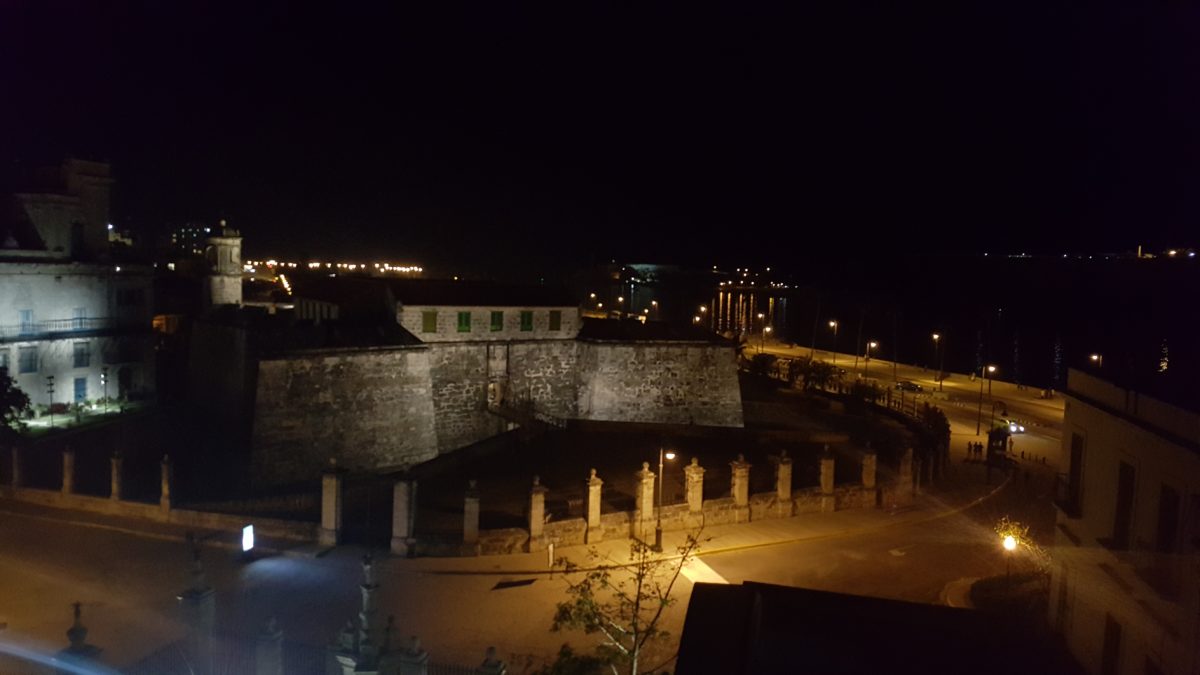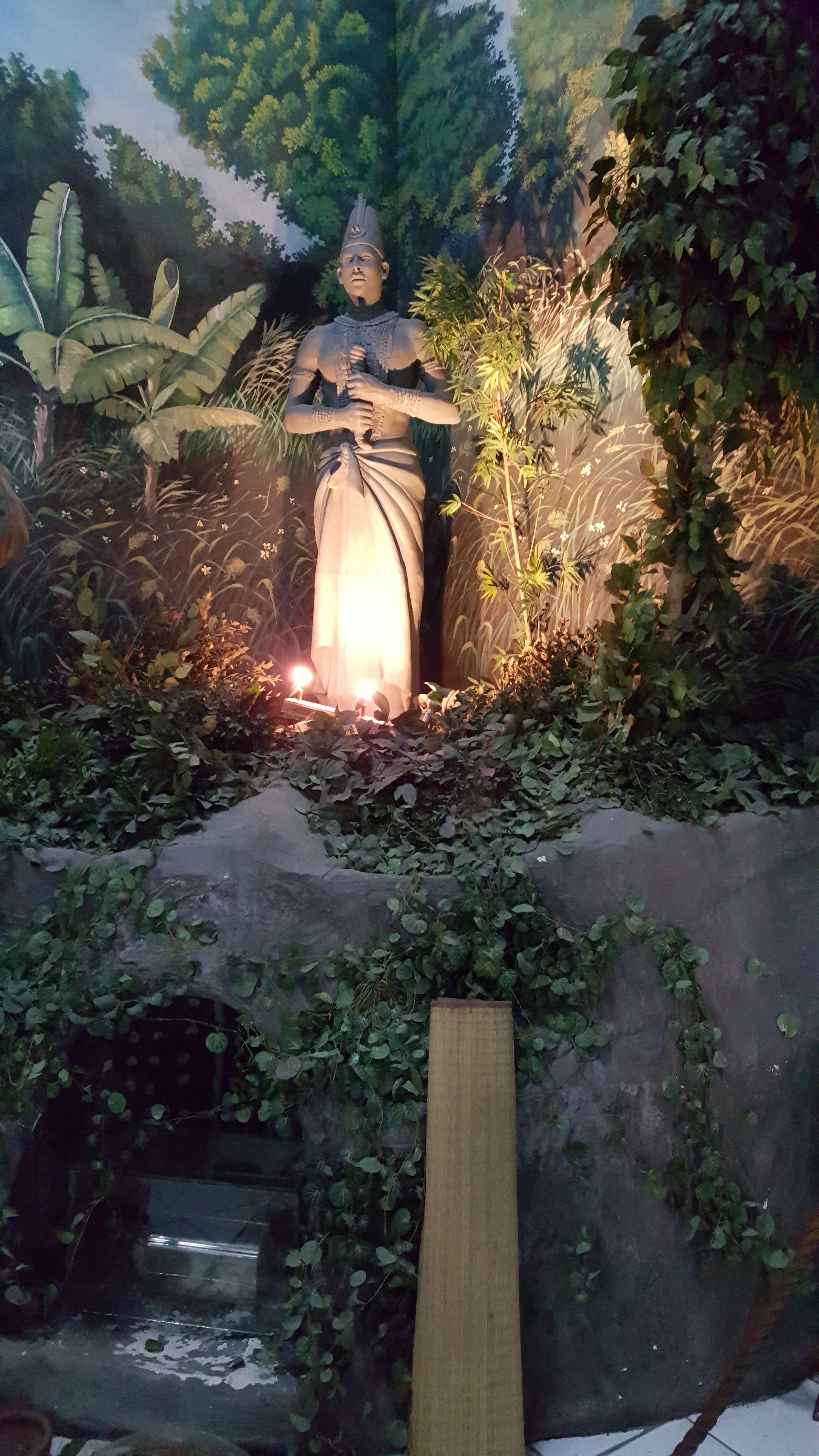Consuming Heritage Tourism in Cuba
I recently went to Cuba. Not primarily for reasons of heritage tourism, more for reasons of wanting to have a holiday in the sun, see somewhere different, drink mojitos, and practice the Spanish I’ve been learning. But nonetheless I did visit some historic sites, museums and other cultural spots, as well as doing a couple of tours, so wanted to share what I learned in case you should find yourself there in the not too distant future.
Beware Fake Tourist Trap Museums

I should have known better (not sure really what I was expecting) but while we were in Havana we were suckered into going to the Santería Museum not far from the Capitol. This is not to be confused with the Museo de los Orishas which is apparently across the bay and not bad. The former is most definitely a tourist trap: you pay for entry but it is frowned upon not to also pay for a private guide. Without a guide, all you’re doing is looking at a bunch of modern sculptures of Santería gods and goddesses along with interestingly translated details of their attributes and pairings with Catholic saints. Also frowned upon is not buying a sugar cane juice at the halfway point.
I learned little, apart from to take my time and decide what I want to visit or not, and to walk away if I know as soon as I’ve walked in that it’s a mistake! Informative and and genuine cultural heritage it was not: I think they’ve spotted a gap in the market where tourists want to learn more about Santería but find there’s not an easy way into it, so they’ve done what they perhaps thought said tourists were after, but there’s still a way to go before those expectations are met.
Colonial History Is Interesting. Mind The Museum Attendants.
Also while in Havana we went to the Castillo de la Real Fuerza. It was very interesting, I learned about the history of Havana as a centre of boat building and a safe haven for treasure fleets, as well as the mines of South America, what can be gleaned from gold and silver bullion, and so on. Upstairs there is an interesting display of artefacts rescued from sunken ships: row upon row of identical ceramics, for example, transported as commercial cargo. I had a great time attempting to translate the panels into English, and imagining pirates (they didn’t make enough of the pirate history. Why not? Pirates are always fun).
The only danger to note was in the form of museum attendants. One lady was very attentive, telling us all about the displays in her room, flattering us terribly, and even insisting on taking our picture. What’s so wrong with that, you ask? Well the attention came with a price tag: only a couple of dollars, but it was a bit annoying to have to climb into the window space so as not to be caught on camera getting out money. What, you mean she wasn’t taking our picture for us because we look so much like models???
Do Tours With Locals!
Maybe this is a given, maybe not. In some other places I’ve visited I have been on tours that were great, tours that were fairly uninspiring, some that gave a historic overview and some interesting facts but didn’t get under the skin of the place: a real mixed bag. Not so in Cuba. Perhaps it’s the pride that many Cubans have in the path their nation has forged in the world, and their willingness to share it with visitors, or perhaps it’s the fact that direct transactions of the type where you offer your guiding services on somewhere like airBnB and people come to you are all fairly new. Either way, the two tours that I took while in Cuba, one in Havana and one in Trinidad, were both engaging, educational and very professional. That isn’t to say that the respective guides had their patter down pat and didn’t look at things with a critical mindset (in fact both tailored the tour to the group), but I found them both to be so open and well-informed that their tours were a genuine pleasure.
The first was a tour of Art Deco Havana with a professor named Yaneli. It was our first day in the city, and, as it turns out, visiting Vedado and Havana Vieja with Yaneli was the perfect way to get to grips with it: the city’s layered history, how to get around it, what the expectations are of behaviour from tourists. Yaneli’s passion for her city and its (architectural) history shine through, and I’m immensely glad a friend suggested I go on one of her tours. In Trinidad we did a late afternoon walk with Mari, who knows her town so well she sets out each time without a fixed plan, but fits the itinerary to the interests of the group, pointing out facets of everyday life in Trinidad that I would never otherwise have seen. Tourism is big business in Cuba, and while people in general have yet to become so jaded that their friendliness is an act, it was a real pleasure to have a simple way to meet two women who shared their points of view, histories and passion for their hometowns and homeland with us.
Revolutionary Museums Are Pretty Fun


Also while in Trinidad we went to the Museum of the Fight Against Bandits. There have been many bandits in Cuba so that could do with clarifying: we’re talking post-Revolutionary bandits, as in people that took a leaf from Castro’s book and took to the hills to fight after he came to power. It’s a sleepy little museum: lots of glass cases, lots of celebration of heroes, and a sense of pride in the fact that the bandits were defeated against the odds (as in, there was some level of American support for them, or at least a spy place that was shot down).
I imagine there are lots of other museums like this: at the Bay of Pigs, for example, or anywhere else that entered the Cuban revolutionary canon. We didn’t go to the Museo de la Revolución, which I imagine to be a scaled-up version of what we saw, but I certainly recommend going to a small museum or two. The one in Trinidad has the benefit of a bell tower with magnificent views, so even if poorly constructed dioramas and revolutionary fervour aren’t your thing, you can get some nice shots.

So in conclusion, you should firstly go to Cuba. Once you’re there, make the most of the wide range of cultural heritage activities on offer. Definitely look for some tours on topics that interest you. Step back into yesterday by going to a revolutionary museum. Even getting suckered into paying a museum attendant some money or going to a tourist trap attraction is an experience, and can mostly be faced with good humour, knowing that you can enjoy a refreshing Cuba libre and some salsa music on the other side of it.





One thought on “Consuming Heritage Tourism in Cuba”